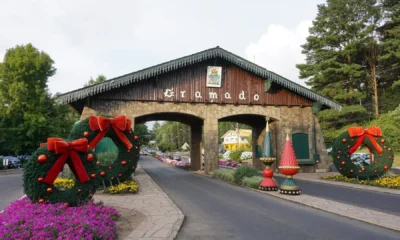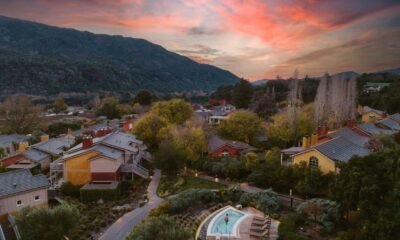Spiritual Travel
Prayagraj Maha Kumbh Mela 2025
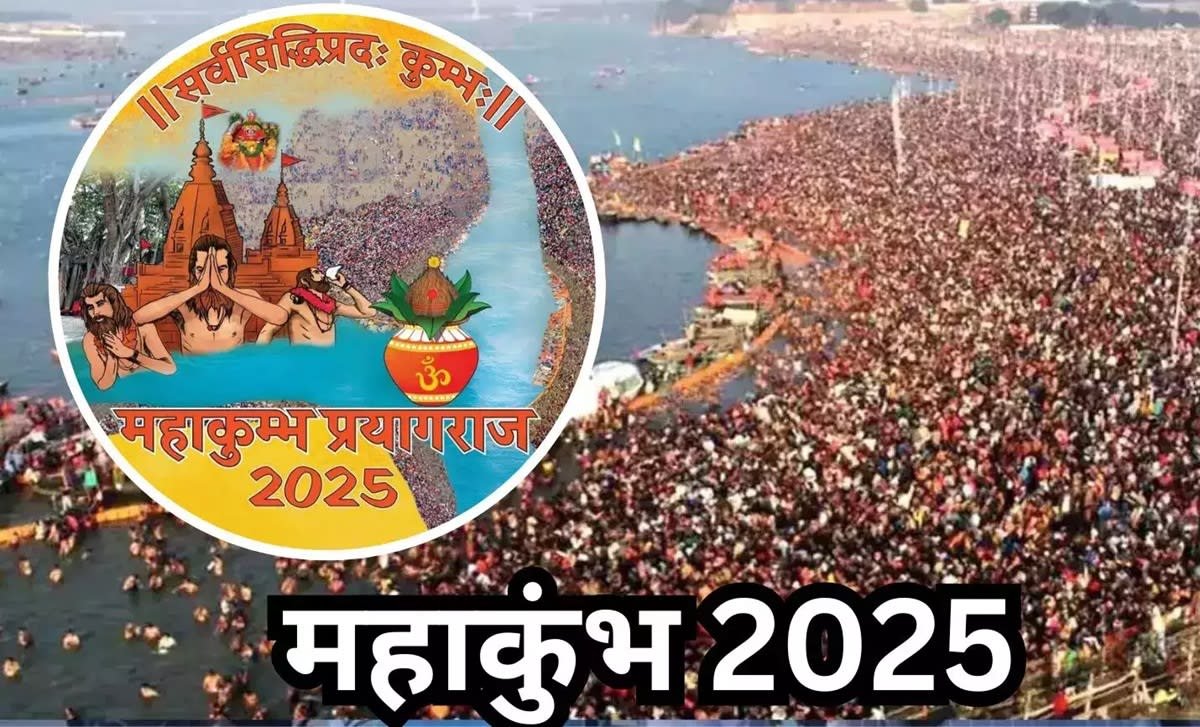
The Kumbh Mela, held every three years at one of four sacred locations—Prayagraj, Haridwar, Nashik, and Ujjain—is the largest public gathering in the world. This deeply spiritual event draws millions of devotees, sadhus, and pilgrims from across India and the world. Of the four venues, Prayagraj is particularly revered as one of the holiest, due to its sacred significance in Hindu mythology and its unique location at the confluence of three rivers: the Ganga, Yamuna, and the mythological Saraswati.
The Significance of Prayagraj in Kumbh Mela
Prayagraj is the most significant site for the Kumbh Mela, especially when the festival is held every twelve years. The city’s Triveni Sangam (the confluence of the three rivers) is considered a powerful and divine location where it is believed that a bath can wash away all sins and grant liberation (moksha). The importance of the Sangam and its connection to the Kumbh Mela is steeped in mythology, history, and religious symbolism.
According to the Hindu mythological story of the Samudra Manthan (Churning of the Ocean), the gods and demons fought over the Amrit (nectar of immortality). During the battle, drops of the nectar fell at four sacred places: Prayagraj, Haridwar, Nashik, and Ujjain. These places were subsequently designated as Kumbh Mela sites.
Over time, the Kumbh Mela has evolved from a small ritual to the largest and most significant religious gathering in the world, and Prayagraj remains at the heart of this grand celebration.
Kumbh Mela 2025 Dates and Timing
The Prayagraj Kumbh Mela 2025 will occur from January to February, with key dates centered around sacred bathing days known as Shahi Snan (Royal Baths). The specific bathing dates for the event in 2025 are as follows:
- Makar Sankranti (Shahi Snan): 14 January 2025
- Paush Purnima: 13 January 2025
- Mauni Amavasya (Shahi Snan): 29 January 2025
- Basant Panchami (Shahi Snan): 3 February 2025
- Achla Saptami: 4 February 2025
- Maghi Poornima: 12 February 2025
- Maha Shivratri: 26 February 2025
Each of these dates holds special astrological significance, determining the best times for rituals, bathing, and spiritual renewal. Among these, the Mauni Amavasya (29 January) is considered the most auspicious, drawing the largest crowd due to its importance in the Hindu calendar.
History of the Kumbh Mela
The Kumbh Mela has a history dating back over a thousand years. It is first mentioned in the Harsha Charita, the 7th-century work by the Indian scholar Banabhatta, which mentions the gathering of ascetics at Prayagraj. The Mela itself, however, is thought to have been celebrated even earlier, around the 4th century CE.
In more modern times, the Kumbh Mela gained prominence during the Mughal period when Emperor Akbar attended the Mela in 1589, giving it royal recognition. By the 19th century, the British colonial government took notice of the gathering, and the Kumbh Mela began attracting international attention. It was in the 20th century that the event grew into its current massive form, drawing millions of pilgrims.
The Kumbh Mela today is not only a religious gathering but also a celebration of India’s diversity, with people from various spiritual traditions, cultures, and walks of life coming together to practice their faith, engage in spiritual discourses, and partake in devotional activities.
Major Attractions of the Prayagraj Kumbh Mela
1. The Shahi Snan (Royal Bathing Day)
The Shahi Snan is the most significant event of the Kumbh Mela. On these days, the Naga Sadhus (naked ascetics) and other holy men from various Akhara (religious orders) take a sacred dip in the Sangam. The sight of the Sadhus, with their flowing beards and flowing robes, making grand processions to the river is one of the most captivating aspects of the festival. For the devotees, participating in these baths is seen as a powerful act of spiritual purification, one that absolves them of their sins and brings them closer to liberation.
2. The Akhara Processions
The Akharas—spiritual groups of monks, sadhus, and saints—play a pivotal role in the Kumbh Mela. During the Mela, each Akhara organizes a procession to the Sangam for the Shahi Snan. These processions are a grand display of spirituality, with Sadhus riding elephants, camels, or horses, sometimes wielding swords and tridents, and chanting sacred mantras. These parades are often accompanied by musical performances and the sounds of drums and cymbals, creating a mesmerizing and otherworldly atmosphere.
3. The Spiritual Discourses (Satsangs)
The Prayagraj Kumbh Mela is not only about physical rituals but also about spiritual learning. Satsangs (spiritual gatherings) are held throughout the festival, where saints, gurus, and spiritual leaders give discourses on the essence of life, faith, and liberation. These discourses are open to all, and visitors can immerse themselves in spiritual knowledge from a variety of traditions and perspectives.
4. The Ganga Aarti
In the evenings, the Ganga Aarti is one of the most spiritually stirring rituals. Performed on the banks of the Sangam, the Aarti involves the lighting of traditional oil lamps, prayers, and chanting, while the sacred Ganga river flows serenely by. The Aarti draws thousands of devotees who gather to witness this beautiful and solemn ceremony that is symbolic of offering one’s prayers to the divine.
5. Cultural Performances and Art Exhibitions
While spirituality is at the core of the Kumbh Mela, the event also includes a variety of cultural performances. Traditional music and dance performances, theatrical plays, folk art exhibitions, and craft stalls bring the rich cultural heritage of India to the forefront. Visitors can enjoy folk dances, devotional songs, and spiritual plays depicting mythological stories, creating an atmosphere of joyous celebration.
6. Holy Dip at the Triveni Sangam
The Triveni Sangam is the heart of the Kumbh Mela. Devotees believe that taking a dip in the confluence of the Ganga, Yamuna, and the mythological Saraswati cleanses the body and soul. The holy dip is a significant ritual, and millions of people, regardless of their caste, creed, or nationality, participate in it to wash away their sins and seek spiritual salvation.
Logistics of the Prayagraj Kumbh Mela 2025
The Kumbh Mela is a massive logistical event that requires advanced planning and preparation. From transportation to accommodation, every aspect of the Mela is designed to facilitate the arrival of millions of pilgrims while ensuring their safety and comfort.
1. Getting to Prayagraj
- By Air: The nearest airport to Prayagraj is Allahabad Airport (IXD), which is approximately 12 km from the city center. The airport is well-connected to major cities like Delhi, Mumbai, Kolkata, and Bangalore.
- By Train: Prayagraj Junction is one of the busiest and most well-connected railway stations in India. It is linked to most major cities across the country, including Delhi, Kolkata, Lucknow, and Mumbai.
- By Road: Prayagraj is well-connected by road to cities like Varanasi, Lucknow, and Delhi. National Highway 19 (NH19) connects Prayagraj to Delhi, making it accessible for travelers from the northern part of India. Several buses, both private and government-run, also operate to Prayagraj from various cities.
2. Accommodation Options
During the Kumbh Mela, accommodation can range from budget tents to luxury hotels. There are several options available:
- Hotels: There are numerous hotels in Prayagraj ranging from budget options to five-star accommodations. Due to the influx of visitors, it is advisable to book accommodation well in advance.
- Tented Accommodation: Many ashrams and spiritual organizations set up tents, providing basic yet comfortable accommodations with a spiritual vibe. Some of these are equipped with modern amenities, while others offer a more rustic, communal experience.
- Homestays: For a more authentic, local experience, homestays and guesthouses are available, offering a chance to engage with local families and understand the culture.
3. Local Transportation
- Cabs and Auto Rickshaws: Local transportation within Prayagraj includes auto-rickshaws, cycle-rickshaws, and taxis. Ride-hailing services like Uber and Ola also operate in the city, making it easier to get around.
- E-Rickshaws: An eco-friendly and convenient option for short distances, especially in crowded areas.
- Public Buses: Prayagraj’s public transport is affordable but can be crowded, especially during the Kumbh Mela.
4. Packing Essentials
Given the large crowds and the outdoor nature of the Kumbh Mela, it’s important to pack wisely. Some essential items to bring:
- Clothing: Light, comfortable, and modest clothing. Layers are ideal as temperatures can fluctuate. A poncho or waterproof jacket for unexpected rain is advisable.
- Footwear: Comfortable shoes for walking long distances, and flip-flops for bathing at the river.
- Spiritual Items: Meditation mats, prayer beads, and religious texts if you practice any form of meditation or prayer.
- Personal Hygiene Items: Hand sanitizer, wet wipes, biodegradable soap, sunscreen, and a water bottle.
- Electronics: A power bank or portable charger, flashlight, and headlamp.
Conclusion
The Prayagraj Kumbh Mela 2025 promises to be an awe-inspiring and spiritually enriching experience, drawing millions of people together for a journey of faith, purification, and renewal. For both first-time visitors and seasoned devotees, the Mela offers a unique opportunity to witness India’s rich spiritual heritage while participating in the rituals and festivities that define one of the largest gatherings of humanity on earth.
Attending the Kumbh Mela is more than just an event; it’s an immersion into the spiritual heart of India, where the collective energy of millions of seekers converges in the sacred waters of the Triveni Sangam. Whether you come for the Shahi Snan, to witness the Akhara processions, or simply to experience the vibrant spiritual atmosphere, the Kumbh Mela is an event that leaves an indelible mark on the heart and soul.
Spiritual Travel
Bilaspur Set to Transform into Himachal’s Ultimate Adventure and Spiritual Hub
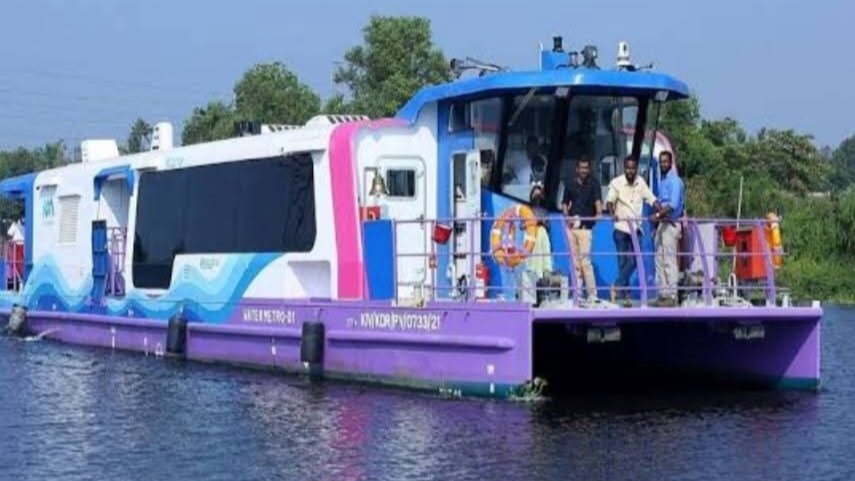
Move over, Manali and Shimla! Bilaspur is gearing up to become the state’s next big tourism hotspot, blending adrenaline-pumping adventures with serene spiritual experiences. The district administration has rolled out ambitious plans to develop water, land, and aerial tourism, promising something for thrill-seekers, pilgrims, and nature lovers alike.
A Sky-High Attraction: The Glass Bridge
Imagine walking on a transparent bridge, suspended high above breathtaking landscapes—Bilaspur’s upcoming Glass Bridge at Bharari will do just that! Designed to rival global attractions, this engineering marvel will offer daredevils an unforgettable experience while giving tourists a reason to extend their stay. Officials confirm the blueprint is ready, and construction will kick off soon after final approvals.
Sailing Through Scenic Routes: The Water Metro
Pilgrims visiting Maa Naina Devi will soon have a faster, more scenic journey thanks to the proposed Water Metro, connecting Bhakra Ghat to Kosariya Ghat. This isn’t just about convenience—it’s about turning travel into an experience. Devotees and tourists can hop on boats, enjoy the tranquil waters, and even transport their vehicles via waterways.
Jet Skis, Kayaking & More: Water Sports at Nakrana
Bhakra Dam’s pristine waters are about to get a lot more exciting! The district is eyeing water sports like jet skiing, kayaking, and boating to attract adventure junkies. The best part? Pilgrims heading to Naina Devi can now add a splash of adventure to their spiritual trip.
Bharari – The New Stopover Destination
Strategically located near Shimla, Manali, and Dharamshala, Bharari will soon feature modern tourist hubs with food plazas, parking, rest areas, and info centers. No more cramped pit stops—just smooth, comfortable breaks for travelers.
Listening to Locals: Boaters Get a Voice
Deputy Commissioner Rahul Kumar made sure local boat operators were heard during inspections, promising quick fixes to their concerns. This people-first approach ensures tourism growth benefits everyone.
Bilaspur’s transformation isn’t just about flashy infrastructure—it’s about jobs for youth, better travel experiences, and putting this hidden gem on India’s tourism radar. With projects set to launch soon, the district is poised to become a must-visit for those seeking adventure, spirituality, and untouched natural beauty.
Spiritual Travel
Shiva Tribe Debuts in Gurgaon’s Tikli-Raiseena: IMPC’s Bold Step to Merge Spirituality, Rural Tourism, and Modern Family Wellness
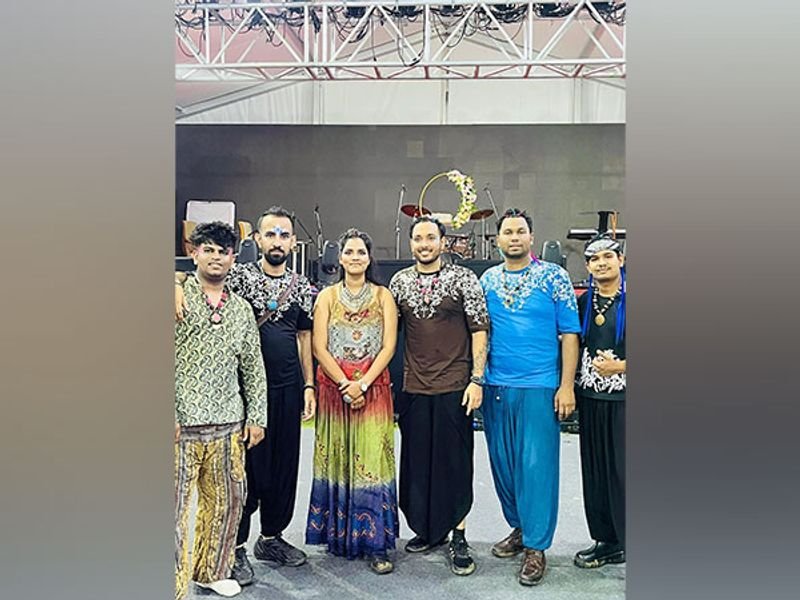
VMPL
New Delhi [India], August 4: In the lush rural landscape of Tikli-Raiseena near Gurgaon, a new chapter in India’s spiritual and rural tourism ecosystem quietly unfolded. The International Mandir Prabandhak Committee (IMPC) launched its ambitious spiritual wellness initiative–Shiva Tribe–an experience-driven, immersive space designed to reconnect Gen Z and modern families with India’s timeless spiritual roots.
Set against the tranquil backdrop of Haryana’s Aravalli fringes, Shiva Tribe is more than a mandir–it is a curated journey of self-discovery, holistic wellness, and cultural revival, seamlessly merging ancient wisdom with modern aspirations. The inaugural three-day Pran Pratishtha Mahotsav was held in July, graced by spiritual luminaries including Pujya Shri Sudhanshu Ji Maharaj, Pujya Shri Dayanand Ji Maharaj, and dignitaries such as Haryana’s former Minister Shri Om Prakash Dhankar. Business leaders, rural development advocates, and spiritual patrons attended in significant numbers–signaling a rising interest in faith-based tourism models.
Spiritual Tourism: India’s Growing Wellness Sector
India’s spiritual tourism market is undergoing a silent revolution. According to the Ministry of Tourism, the wellness and spiritual tourism segment is projected to reach USD 30 billion by 2028, growing at a CAGR of over 10%. With over 330 million domestic religious tourists recorded annually and rising international interest in authentic Indian experiences, initiatives like Shiva Tribe have the potential to create high-value, low-impact tourism models in rural belts–generating employment, fostering entrepreneurship, and revitalizing local economies.
“In today’s fragmented lifestyle, families are searching for meaningful escapes–not just vacations. Shiva Tribe is that sacred pause–a place to reconnect, reflect, and realign, together,” said Dr. Preet Sandhuu, mentor of the project and a key voice in India’s contemporary spiritual movement.
A New Blueprint: Spirituality Meets Community Living
Unlike traditional spiritual centers, Shiva Tribe offers a complete spiritual-eco retreat–including weekend live devotional music by its in-house ‘Shiva Tribe Band’, yoga sessions, mantra-infused meditations, Vedic rituals, and stay facilities for families. It’s a full-circle experience designed to inspire urban youth and families alike to step into a more conscious, value-driven lifestyle.
“Here, spirituality is not a sermon–it’s an experience,” said Shri MP Singh, project visionary and founder of ShivaTribe. “We want to build a network of such community-driven centers across rural India, using temple heritage as a catalyst for rural rejuvenation and youth engagement.”
Rural Regeneration Through Faith
The Tikli model aligns with India’s rural tourism policy goals by transforming underexplored rural regions into mindful tourism destinations. With over 60% of India’s population residing in villages, initiatives like this leverage India’s spiritual capital to promote rural entrepreneurship, handicrafts, organic farming, and ecotourism–creating a sustainable rural economy rooted in culture and community.
IMPC’s Broader Mission
The International Mandir Prabandhak Committee (IMPC), known for initiatives like the Mahasangam Yatra, Trisul Yatra and Shiv-Shakti Kendras, is rapidly becoming a bridge between India’s ancient temple traditions and its digital future. Its work focuses on temple modernization, spiritual leadership development, and community revival–backed by collaborations with scholars, saints, and civic leaders.
By anchoring the Shiva Tribe initiative in Tikli, IMPC demonstrates how faith-based community models can attract tourism, foster economic inclusion, and support national goals like ‘Viksit Bharat’ and ‘Digital Bharat’.
Shared by
(ADVERTORIAL DISCLAIMER: The above press release has been provided by VMPL. ANI will not be responsible in any way for the content of the same)
(This content is sourced from a syndicated feed and is published as received. The Tribune assumes no responsibility or liability for its accuracy, completeness, or content.)
Spiritual Travel
10 oldest temple towns in India for spiritual getaways – The Times of India
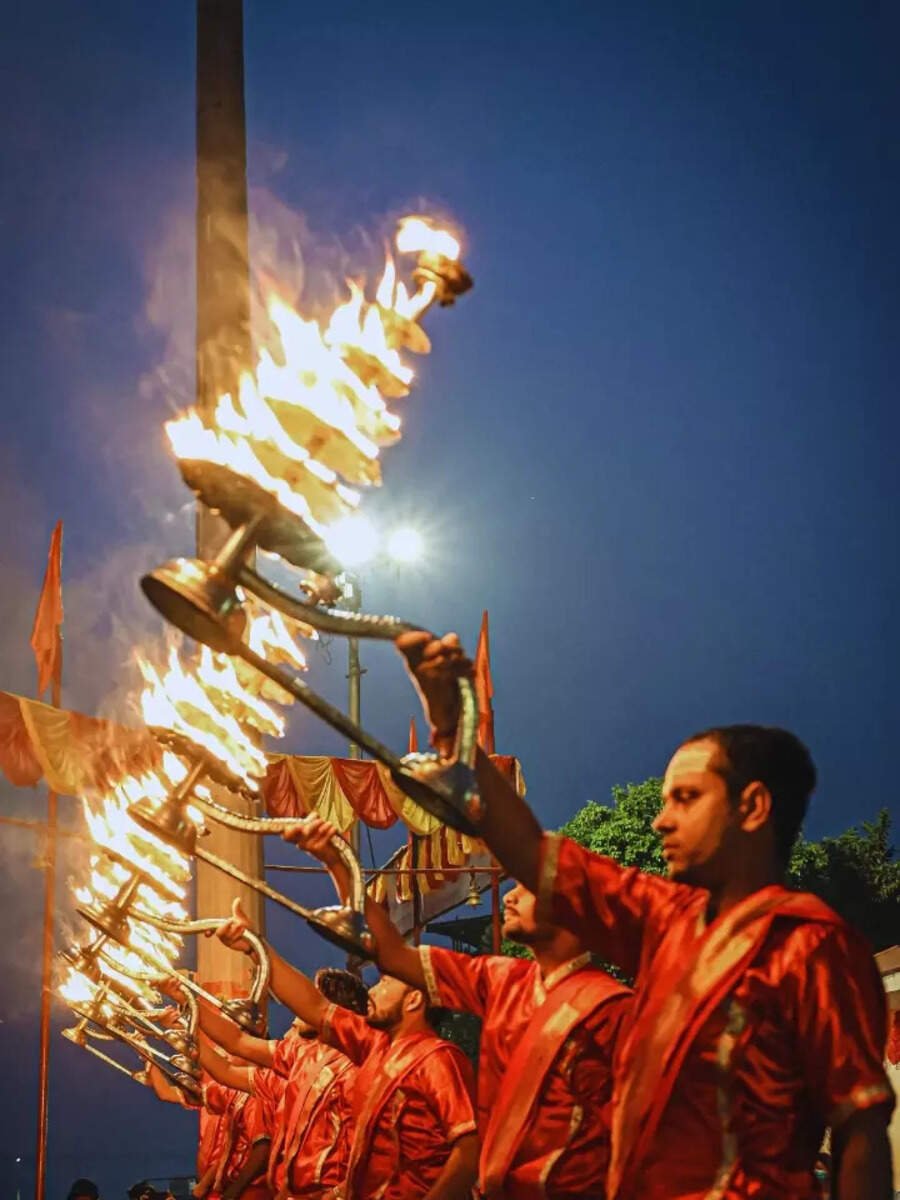
10 oldest temple towns in India for spiritual getaways The Times of India
Source link
-

 Brand Stories2 weeks ago
Brand Stories2 weeks agoBloom Hotels: A Modern Vision of Hospitality Redefining Travel
-

 Brand Stories1 week ago
Brand Stories1 week agoCheQin.ai sets a new standard for hotel booking with its AI capabilities: empowering travellers to bargain, choose the best, and book with clarity.
-

 Destinations & Things To Do2 weeks ago
Destinations & Things To Do2 weeks agoUntouched Destinations: Stunning Hidden Gems You Must Visit
-

 Destinations & Things To Do1 week ago
Destinations & Things To Do1 week agoThis Hidden Beach in India Glows at Night-But Only in One Secret Season
-

 AI in Travel2 weeks ago
AI in Travel2 weeks agoAI Travel Revolution: Must-Have Guide to the Best Experience
-

 Brand Stories1 month ago
Brand Stories1 month agoVoice AI Startup ElevenLabs Plans to Add Hubs Around the World
-

 Brand Stories3 weeks ago
Brand Stories3 weeks agoHow Elon Musk’s rogue Grok chatbot became a cautionary AI tale
-

 Asia Travel Pulse1 month ago
Asia Travel Pulse1 month agoLooking For Adventure In Asia? Here Are 7 Epic Destinations You Need To Experience At Least Once – Zee News
-

 AI in Travel1 month ago
AI in Travel1 month ago‘Will AI take my job?’ A trip to a Beijing fortune-telling bar to see what lies ahead | China
-

 Brand Stories2 weeks ago
Brand Stories2 weeks agoContactless Hospitality: Why Remote Management Technology Is Key to Seamless Guest Experiences

